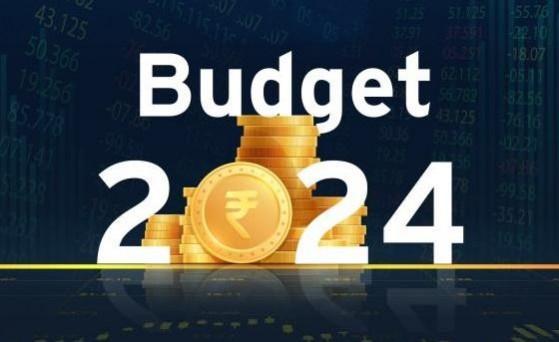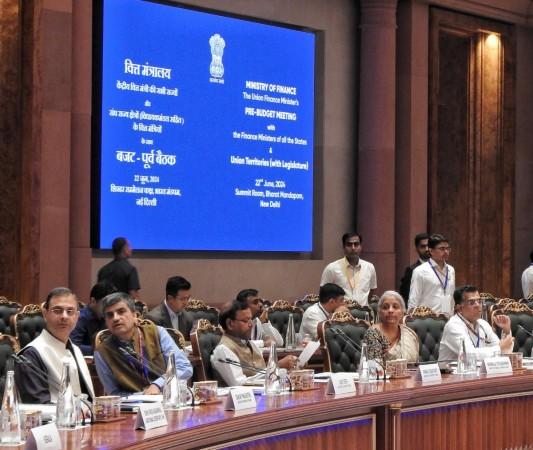
As the Union Budget 2024-25 approaches, Prime Minister Narendra Modi has been actively engaging in discussions with senior NITI Aayog officials and leading economists. These meetings are part of a broader consultation process aimed at preparing for the budget, which is set to be presented by the Modi 3.0 government on July 23. This budget will be a significant milestone in the government's tenure, marking its first full budget presentation.
The meeting was attended by several key figures, including Finance Minister Nirmala Sitharaman, Planning Minister Rao Inderjit Singh, Chief Economic Advisor V Anantha Nageswaran, Economist Surjit Bhalla, Agricultural Economist Ashok Gulati, and veteran banker K V Kamath. Their collective expertise and experience will be instrumental in shaping the budget and guiding India's economic trajectory.
The Union Budget 2024-25 is expected to be a major economic document, outlining the government's roadmap for making India a developed nation by 2047. This ambitious goal reflects the government's commitment to driving economic growth and improving the standard of living for all Indians.

In preparation for the budget, Finance Minister Sitharaman has held widespread discussions with various stakeholders, including captains of Indian industry, state finance ministers, and economists. These discussions are aimed at gathering diverse views and insights to inform the budget-making process.
The Finance Minister is expected to present a full budget for 2024-25 that ensures the economy continues on a high growth trajectory and creates more jobs. This is particularly important given the challenges posed by unemployment and inflation. The budget is also expected to address these issues, with measures aimed at boosting economic growth and managing inflation.
One of the key expectations from the budget is an increase in the income tax exemption limit. This move is expected to provide some relief to the middle class by placing more disposable income in their hands. This, in turn, could lead to an increase in demand, thereby fuelling economic growth.

The government's fiscal position appears to be strong, with a low fiscal deficit, a hefty Rs 2.11 lakh crore dividend from the RBI, and buoyancy in taxes. This gives the Finance Minister considerable headroom to push ahead with policies aimed at accelerating growth and implementing social welfare schemes aimed at uplifting the poor.
Prime Minister Modi has declared that the next five years will be a decisive fight against poverty. This statement underscores the government's commitment to addressing poverty and improving the lives of the less privileged sections of society.
The Indian economy has performed well in the year leading up to the budget, clocking a robust growth of 8.2% in 2023-24. This is the fastest growth rate among the world's major economies. Inflation has also been brought down to below 5%, indicating the government's success in managing price levels.

The fiscal deficit has been reduced from more than 9% of GDP in 2020-21 to the targeted level of 5.1% for 2024-25. This has strengthened the macroeconomic fundamentals of the economy. Reflecting this improvement, S&P Global Rating raised India's sovereign rating outlook to 'positive' from 'stable', citing the country's improving finances and strong economic growth.
In conclusion, the Union Budget 2024-25 is expected to be a significant document outlining the government's economic roadmap for the next few years. The government's consultations with various stakeholders, its focus on growth and job creation, and its commitment to social welfare indicate a comprehensive and inclusive approach to budget-making. As the country awaits the budget presentation on July 23, the expectations are high, and the stakes are even higher. The government's actions in the coming months will be crucial in determining the trajectory of India's economic future.

















